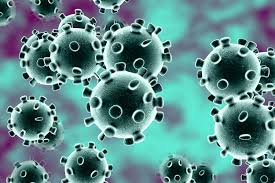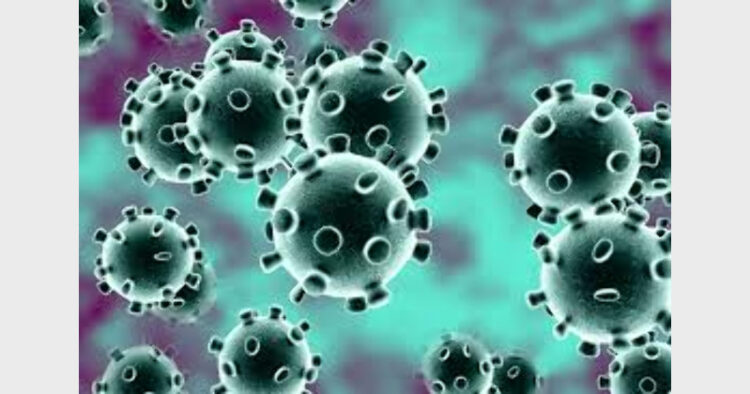
India Science Wire: The novel coronavirus pandemic is here to stay until we have a vaccine for it. Some studies have shown that the virus is unaffected by hot or cold weather conditions. A recent study by the University of Connecticut has revealed that the Ultra Violet (UV) light, in particular, is associated with decreased disease growth rate relative to other analyzed factors.
The research team has developed a statistical model that can predict the maximum potential of COVID-19 worldwide and throughout the year.
Based on these associations with the weather, the study has predicted that COVID-19 will decrease temporarily during summer, rebound by autumn, and peak next winter. However, uncertainty remains high, and many factors besides climate, such as social interventions, will influence transmission.
Early insights from laboratory studies and research on related viruses predicted that COVID-19 would decline with higher temperatures, humidity, and ultraviolet (UV) light. “Using current, fine-scaled weather data and global reports of infections, we develop a model that explains 36% of the variation in maximum COVID-19 growth rates based on weather and demography (17%) and country-specific effects (19%). UV light is most strongly associated with lower COVID-19 growth” says the press statement.
Validation based on data from May and June 2020 confirms the generality of the climate signal detected. However, uncertainty remains high, and the probability of weekly doubling rates remains >20% throughout summer in the absence of social interventions. The study warns that consequently, aggressive interventions will likely be needed despite seasonal trends. Thus, the world must remain vigilant, and continued interventions will likely be needed until a vaccine becomes available.
The research findings have been published by the journal PNAS.














Comments